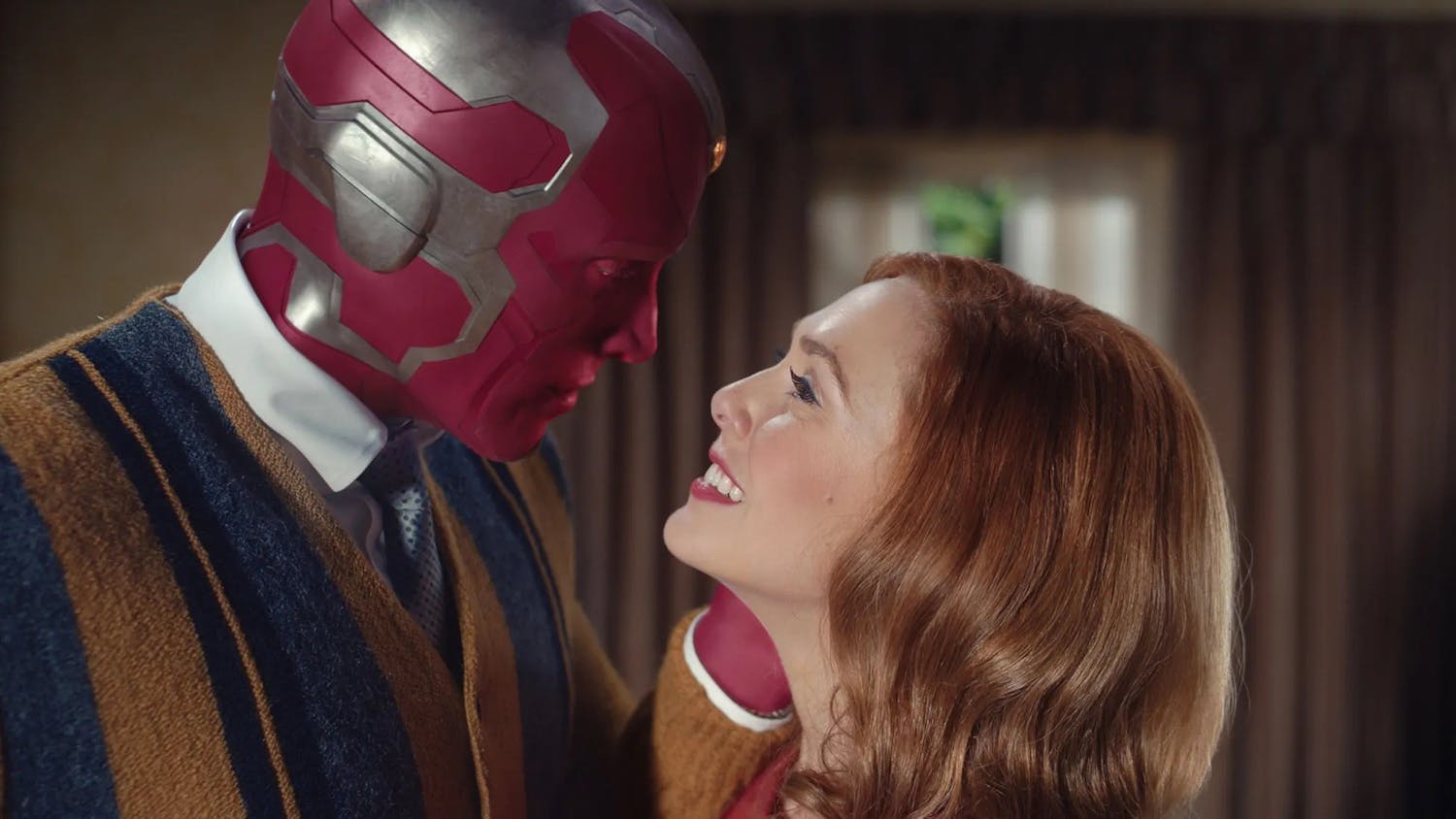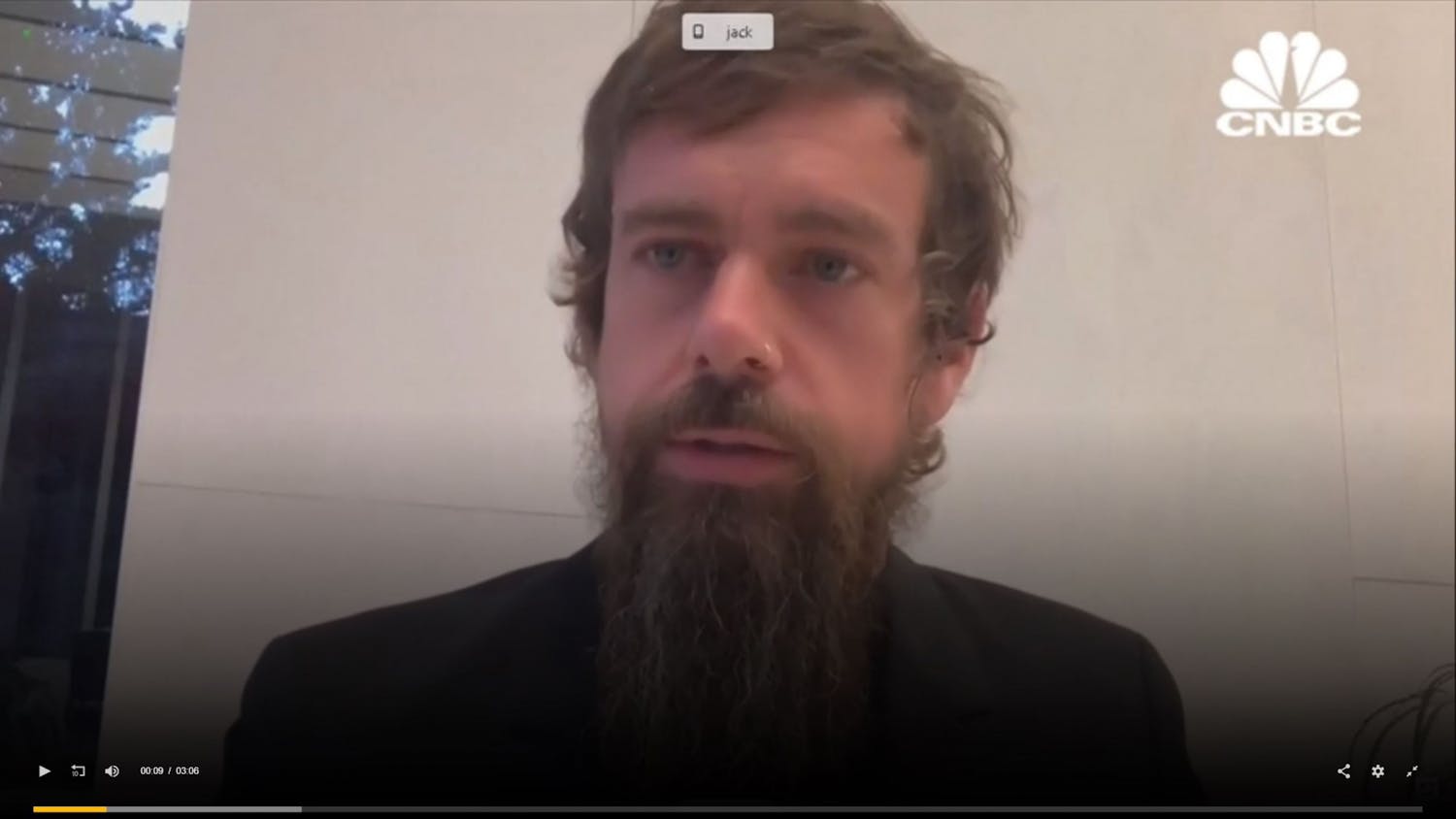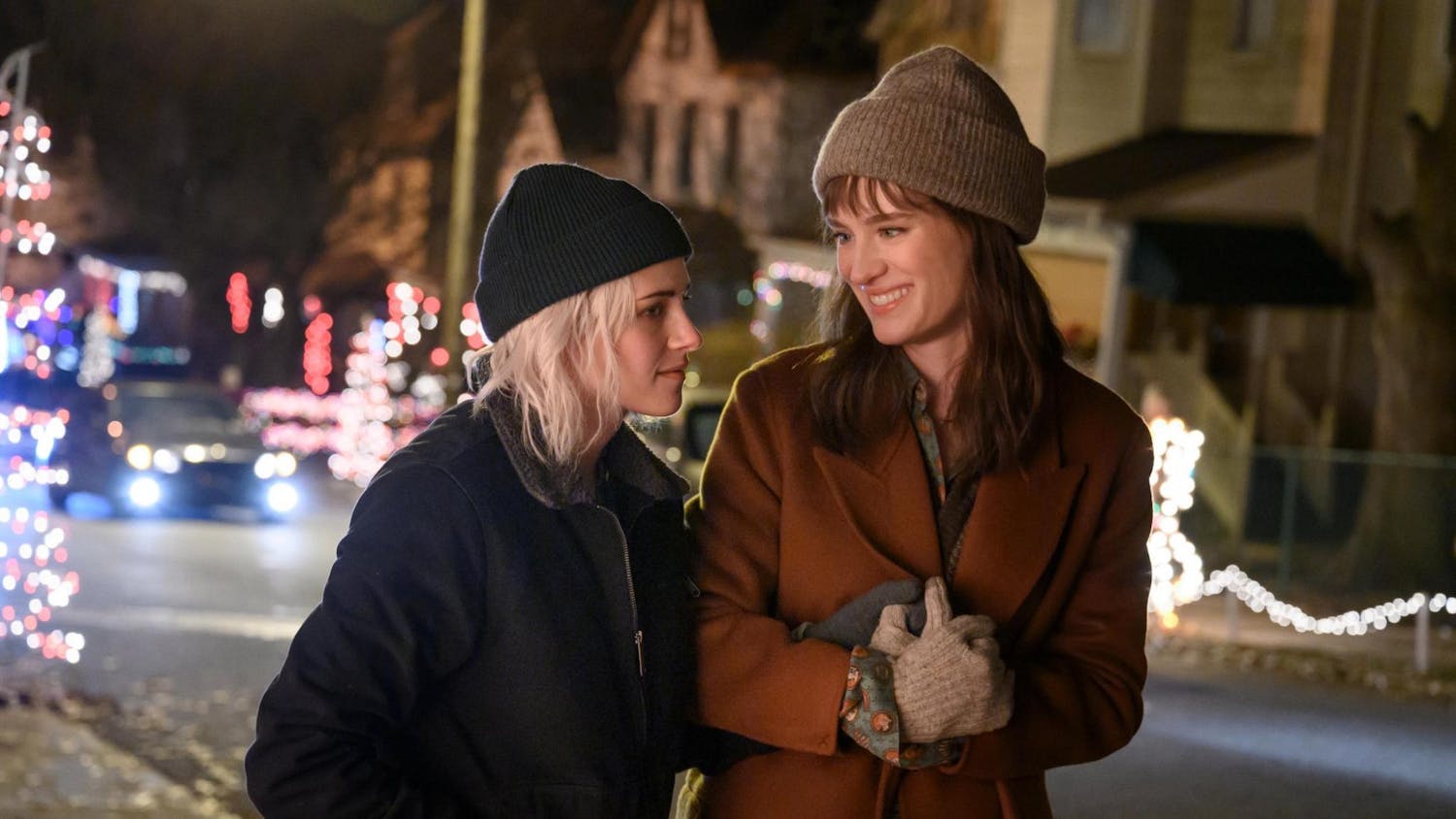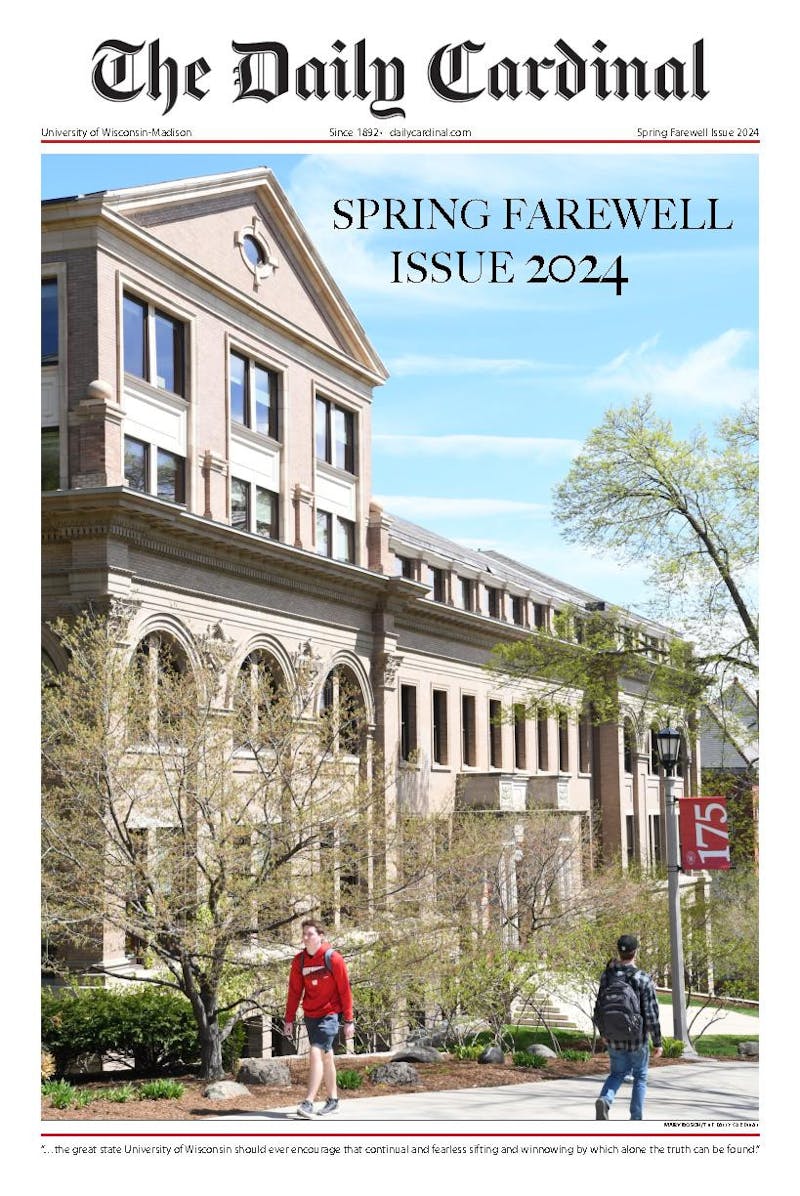Drake is currently walking a dangerous, thin line between the world’s most popular rapper and the Internet’s biggest meme. The side he plans to fall on could change the face of popular music for better or for worse.
The New York Times wrote a piece on October 23 that largely commended Drake for his knack to set the Internet ablaze, most recently with the “Hotline Bling” music video. If you haven’t seen the whole video, you’ve surely seen the countless Vine, Twitter and Instagram posts appropriating Drizzy’s goofy dancing to match a variety of different topics. From Wii Sports to Star Wars, Drake has employed the Internet to ensure that he reaches every target audience possible.
To be fair, it’s working scarily well. “Hotline Bling” came into this world as a one-off single that debuted on Drake’s OVO Sound Radio over two months ago. The laid-back, sun ray-filled track started out at 66 on the Billboard Hot 100 and remained modestly successful. When Drake dropped the music video earlier this week, the song skyrocketed to No. 2, the highest charting for a Drake single.
While the New York Times’ Jon Caramanica sees Drake’s most recent success as a testament to the power of the Internet, I see it in a slightly more grim light. Blatantly creating art that will knowingly go viral—and in the process be torn to shreds on poor-quality .jpegs, blurry Facebook videos and poorly captioned Twitter pics—is a call for all aspiring artists to make music that sells fast and burns out faster.
This whole situation wouldn’t be half as bad if Drake was unintentionally appealing to the Internet masses. But everything in the music video reeks of such predetermined goofiness that Drake’s choreographer Tanisha Scott told Complex News that Drake was fully aware of the video’s viral nature before it was released.
Drake most likely got the spark to convert himself into an Internet meme when he had his “beef” with Meek Mill back in the summer. The squabble lasted a week, and took place entirely over tweets and diss tracks. When Drake dropped both of his tracks, Twitter exploded with memes regarding the death of Meek Mill’s career. The most sickening part of the entire quarrel were the corporate Twitter handles trying to get in on the action. From Rosetta Stone to Hamburger Helper to Cineplex, it suddenly became cool to have your brand associate with the Internet affairs of rappers.
While Meek tried to cash in on his failure by promoting oral care products on his Instagram, Drake saw the bigger picture. The market for memes was at an all-time high, and carefully crafting his public image to be as viral as possible was a surefire way to success. He knew that there was no need for corporate sponsors when you were the product.
Drake is one of the biggest voices in hip-hop right now, and anything he says or does for success will be inherited by aspiring musicians for generations to come. If Drake continues to be a “meme artist,” as Caramanica labels him in the Times article, we’ll see droves of musicians, rappers and rockers alike desperately try to distribute their music through channels that will warp and appropriate their work until the line between song and meme is completely blurred.
The song itself is a beautiful ode to the women who have moved on from calling their exes, and the men who obsess over where those girls might be besides with them. The breezy beats and tropical melodies make it one of Drake’s most accessible singles to date. Had he released it in a more formal manner than introducing it on his own radio station, the pop tune very well might have made it to the second spot on the charts based on musical merit alone.
But that wasn’t enough for Drizzy. The music video was composed as a sort of “meme green screen,” a term that I just made up and sincerely hope I never have to use again. The entire thing is shot in large, empty white rooms reminiscent of the installations of artist James Turrell. The dancing is perfectly vague: corny enough to be noticeable, but not distinct enough that people can ascribe labels to the moves themselves.
Drake took his original song, captivating on its own, and made a video to strip it of any defining characteristics. Whereas the song might originally be played on a beach in the afternoon while the listener nostalgically swipes through photos of their ex, it will now be played at every single house party in America as the “goofy dance song.”
Viral rap has made the news before, and it’s a subject I frequently touch upon when discussing hip-hop in the Internet era. Meme songs have existed long before Drake ever decided to rap, but the motive was different. Songs like “U Guessed It” and “No Flex Zone” spread through the Internet organically, and it interpreted the songs’ catchy beats and hooks to fit its needs, not the other way around. It was less marketing, more music making.
We are in danger of relapsing back into the era of early 2000s ringtone rap, where the corniest rap songs got the most radio time. Somewhere deep inside Drake, one can only hope that the creative mind behind his full-bodied works like Take Care and Nothing Was The Same is shouting for this new iteration of Drizzy to take a step back and assess his career path. Intentional meme rap won’t be good for Drake, and it certainly won’t be good for pop music.





